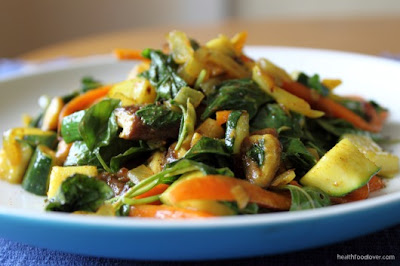Last summer, I spent some time in Oaxaca, Mexico with my family. On one of our days in the city, we visited a botanical garden where we saw loads of native plants, including amaranth. I'd never given any thought to amaranth as a food, but I learned how much of a SUPER food it truly is.
Super Food
1. It is easily harvested.
2. It produces lots of fruit and thus seeds, which are used as grains.
3. It is highly tolerant of arid environments (like Mexico).
4. Its seed contains high amounts of protein and essential amino acids, such as lysine.
5. The species amaranth belongs to, amaranthus, contains 30% more protein than most common cereals, like rice, oats, wheat and rye.
6. It requires little fuel to cook.
Reap the Benefits:
> complete protein
> good source of dietary fiber
> good source of dietary minerals (iron, magnesium, phosphorus, copper, manganese)
> claimed to be beneficial in preventing greying of hair
> regular consumption reduced blood pressure and cholestrol
> improves antioxidant status and immune parameters
> may be of benefit for those with hypertension and cardiovascular disease
Amaranth: A History
Amaranth was one of the staples of the Incas, Aztecs and other Native America peoples in Mexico. In fact, the largest acreage grown was during the height of the Aztec civilization in Mexico in the 1400s. They believed it had supernatural powers and used amaranth in their religious ceremonies. After the Spanish conquest, however, cultivation of amaranth was outlawed. It wasn't until the 1970's that interest in the grain was revived.
**Alternative Field Crops Manuel
 |
| Curried Amaranth Greens & Veggies by Health Food Lover |
 |
| Yam, Black Bean & Amaranth Burrito by The Taste Space |
 |
| Green Tea Scented Amaranth with Beet Greens by Spring Vegan |
 |
| Edemame Amaranth Salad by Mele Cotte |
 |
| Amaranth, Quinoa Dark Chocolate Cake by La Tartine Gourmande |
 |
| Spiced Almond Amaranth Pudding by The Spiced Plate |


No comments:
Post a Comment